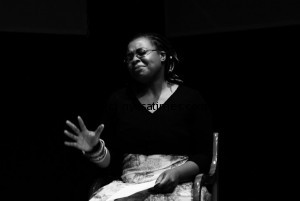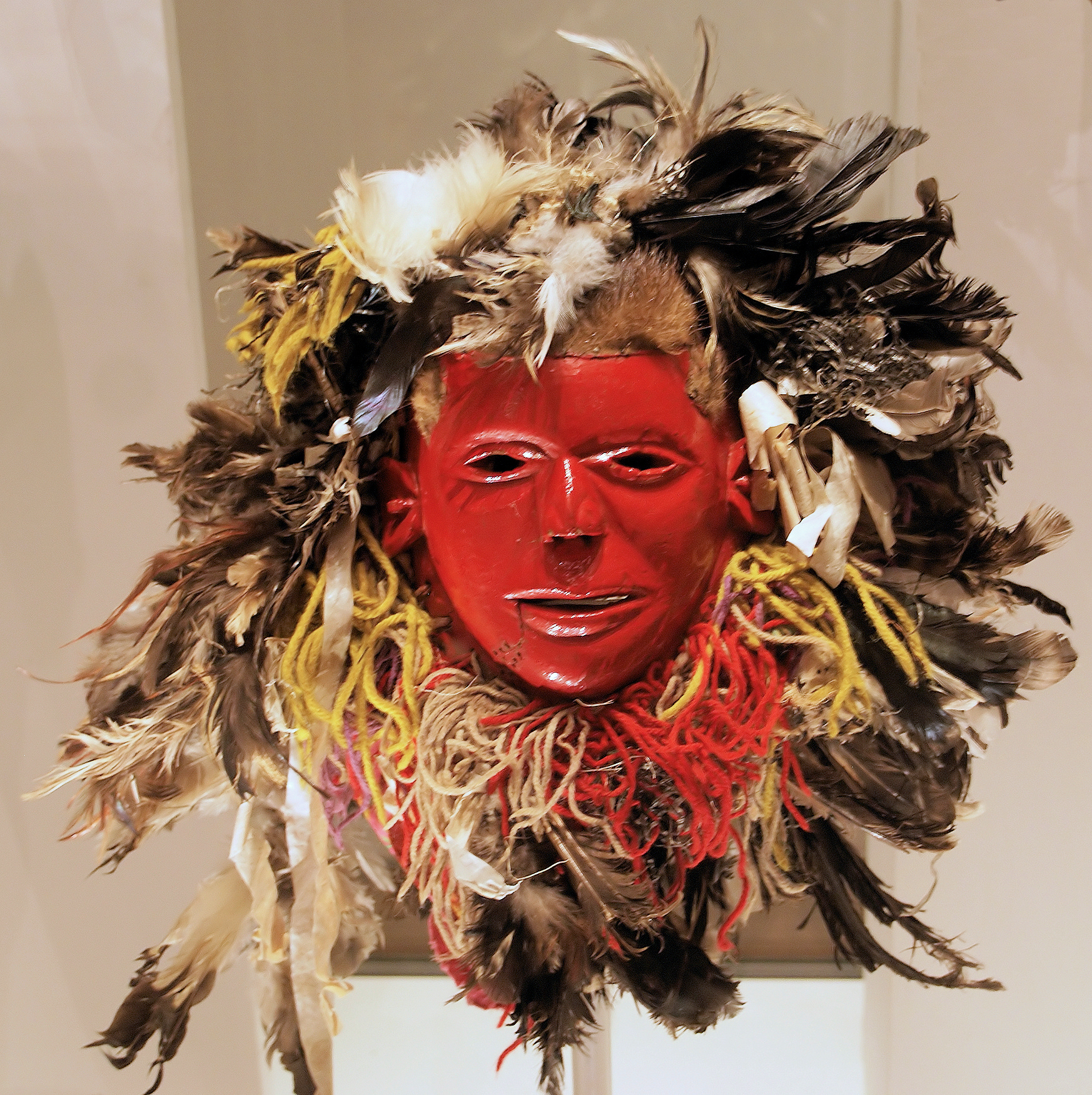Malawians have long
preferred three-dimensional carving and sculpting to two-dimensional drawing or
painting. Woodcarving not only had its practical functions in furniture and
tools, but also in spiritual relics and honorary gifts to the
community/spiritual leaders and as basic animal sculptures. Malawi has a wide
variety of woods to work from; some are pretty common, while others are rare.
Another item that
is carved are masks. Wooden masks are not unique to this area alone; they’re
commonly found across West, Southern, and Eastern Africa. But each culture has
their own style and variation and are often worn ceremoniously. Typical masks here are made from wood
and bronze and are adorned with feathers, beads, cloth, and even hair. They’re
often worn by supposedly secret male-only groups (shhh, don’t tell anyone) and
tied to their religion.
Members of the
community also create textile crafts, and these skills are passed on from
generation to generation. People will often specialize in one particular skill
like cloth dying or weaving and will work together providing the skills for
others. One style many Malawian textile artists use is a wax print in designing their cloth.
 |
| Linda Gabriel, poet |
The earliest forms
of literature were stories told orally. In Malawi today, most literature is
written in English. During the first couple of decades after the country gained
its independence, there was a push for a literary community. It was mainly the
feat of some enterprising young college students at that time. And it did lift
off of the ground. However, times have changed.
 |
| You should check out this blog post for the story behind this photo here. |
Today with growing poverty and a dire need to only pay for the essentials, books become
luxuries. Besides, with fewer children being able to afford to attend school,
the literacy rate struggles around 64%. Publishers are few, and many are
discerning as to what they publish in order to get the most out of what they
think will sell. What’s being sold tend to be textbooks and NGO pamphlets as opposed
to novels and poetry (novels and poetry are still sold, but not quite at the
rate of the others).
Most people get
their books from the National Library Service; there’s one branch in all the
major cities. However, the majority of their books are either donated as unsold
copies from Western book publishers or used books from Western schools and
such.
 |
| Q Malewezi |
Spoken poetry is quite popular in Malawi. Perhaps it’s a tie to being entertained; perhaps it’s a tie to their oral history. Whatever the reason, people are interested. There are also literary clubs popping up throughout Malawi, mostly tied to Chancellor College. Some established writers started various literary clubs, and often bring in authors from throughout Africa to talk to new writers not only about the ins and outs of how to write well and storytelling but the secrets of getting published and marketing their book as well.
There have been several influential writers not only in the literary culture of Malawi but in promoting literacy and writing in general. One well known poet from Malawi is Qabaniso Malewezi. Another name that seems to keep popping up is Shadrech Chikoti. As a successful short story writer and novelist, his stories “The Beggar Girl,” “The Baobab Tree,” and “The Trap” have won several awards. He also started The Story Club as a means of bringing together writers and critics to talk about and promote Malawian literature. It has grown so much that there are actually two branches: one in the capital Lilongwe and another in the northern city of Mzuzu.
Up next: music and
dance





No comments:
Post a Comment